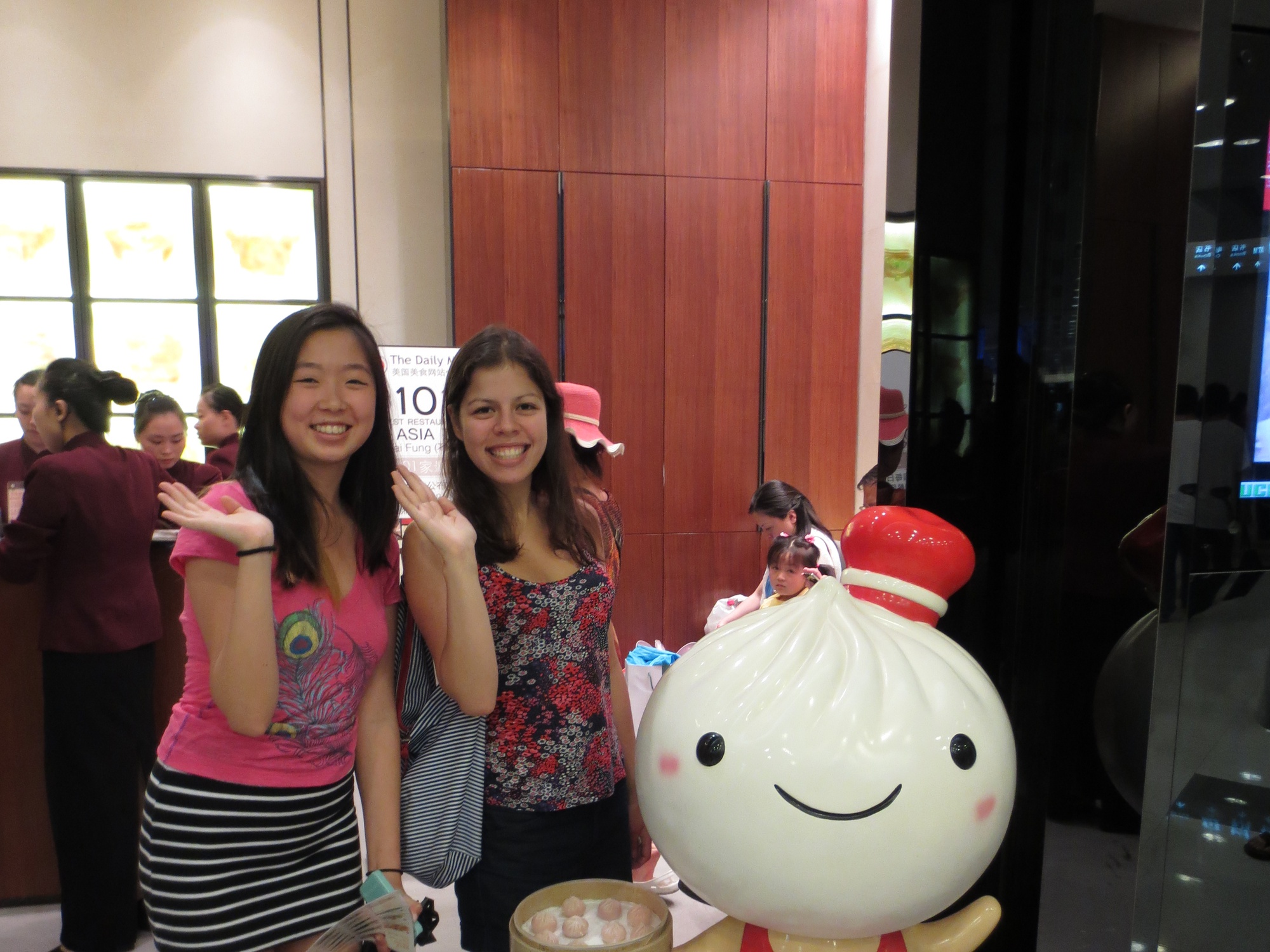
News
Cambridge Residents Slam Council Proposal to Delay Bike Lane Construction

News
‘Gender-Affirming Slay Fest’: Harvard College QSA Hosts Annual Queer Prom

News
‘Not Being Nerds’: Harvard Students Dance to Tinashe at Yardfest

News
Wrongful Death Trial Against CAMHS Employee Over 2015 Student Suicide To Begin Tuesday

News
Cornel West, Harvard Affiliates Call for University to Divest from ‘Israeli Apartheid’ at Rally
Lay it on Thick

SHANGHAI, China—I shouldn’t be so surprised. I’m from America, the land of mega malls and super savings. As we know from Morgan Spurlock’s “Super Size Me,” more American kids recognize Ronald McDonald than Jesus Christ or George ‘Dubya’ Bush.
Yet, my jaw drops at the sight of a Harbin beer fountain in front of a Shanghai shopping complex.
It’s not actual beer pouring out of the two cans, which are larger-than-life (or at least larger than a fridge). But there is something so brazen about this symbol of the NBA’s brand partnership with Harbin Beer. This naked advertising is not the first I’ve seen in Shanghai. For the first month of my stay, I walked by a Bailey’s bottle statue on my way to work; the liquor sculpture has since disappeared, or rather, evaporated.
I’m uncertain as to why I’m so shocked, but, as most tourists do, I snap a picture and walk away.
As I sort through my photos later through that day, I find myself focusing on this corporate art, if you will. It’s not the exact term, but product placement wouldn’t be correct either. Product placement is subtle and subconscious. It’s Reese Pieces occupying a few frames of the movie E.T. It’s conspicuously clean Hyundai Tucsons in the AMC series, “The Walking Dead” (no matter how grimy and sordid the zombie plots are, the vehicles of escape remain pristine).
The artistic merits of the overt advertising I’ve seen in Shanghai are debatable. It’s art for the masses and by definition; it’s not art for art’s sake. Yet, aestheticism is definitely a chief concern. This is a culture that turns takeaway boxes and cups into miniature works of art. When you close the takeaway boxes from the Japanese chain, Tako Boy, the two halves of the top form a Manga-esque picture of a child in an octopus costume.
This commercial art form isn’t limited to the fast food or alcohol industries either. Even the Michelin star rated restaurant chain, Din Tai Fung, has its own cartoon mascot. The mascot, an anthropomorphic dumpling, features sixteen folds on his dumpling head, just like the restaurant’s specialty.
Perhaps these blatant displays of commercialism are simply the extension of a culture that believes that the devil lives in the details. The exact reason why these peculiar creations thrive in Shanghai is unclear, but the cause for my shock is less so.
In the United States, advertisers attempt to occupy our fleeting moments of unoccupied time. The pauses between Pandora songs, Hulu shows, turns on a Solitaire app are all fair game. Any inch of space that might grab our attention—even the sidebar of our Facebook News Feeds—represent chances to infiltrate the minutiae of our lives.
The Harbin beer fountain did not have to steal my attention. It earned it the old fashioned way: shock and awe.
Want to keep up with breaking news? Subscribe to our email newsletter.
